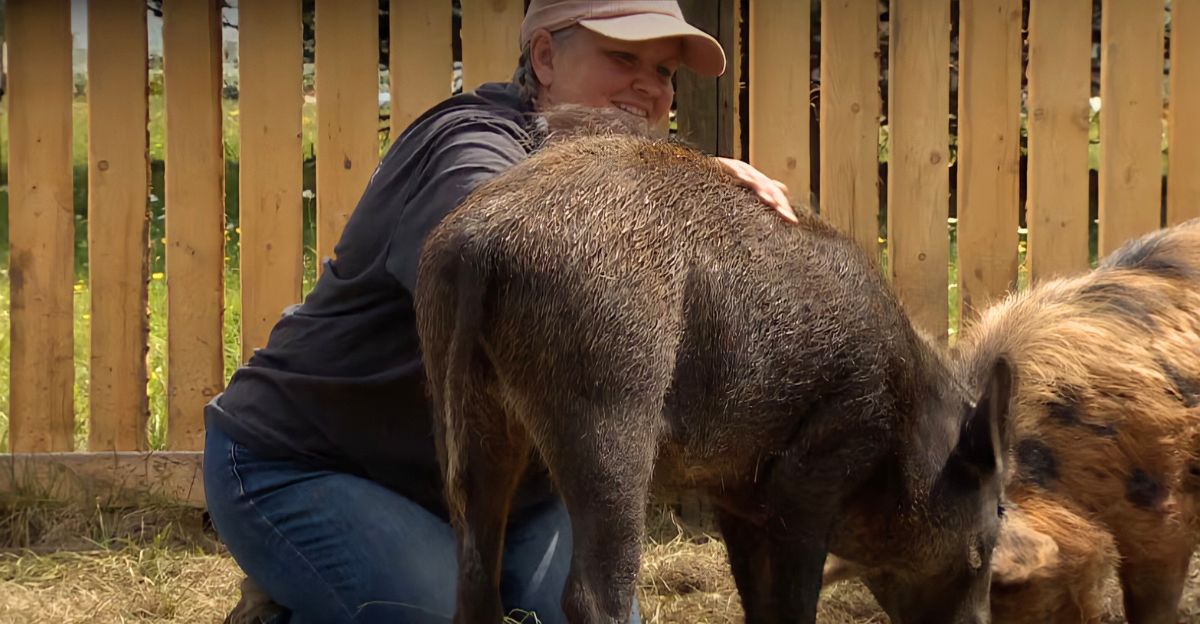
California wildlife officials have issued a rare and urgent warning after wild pigs with “neon blue” flesh were discovered in Monterey County this year.
According to the California Department of Fish and Wildlife, this vivid blue coloring is linked to a powerful pesticide, raising major concerns for public safety and food chains. “It’s just wild,” said Dan Burton, Urban Trapping Wildlife Control owner, who discovered the anomaly.
Stakes Rise
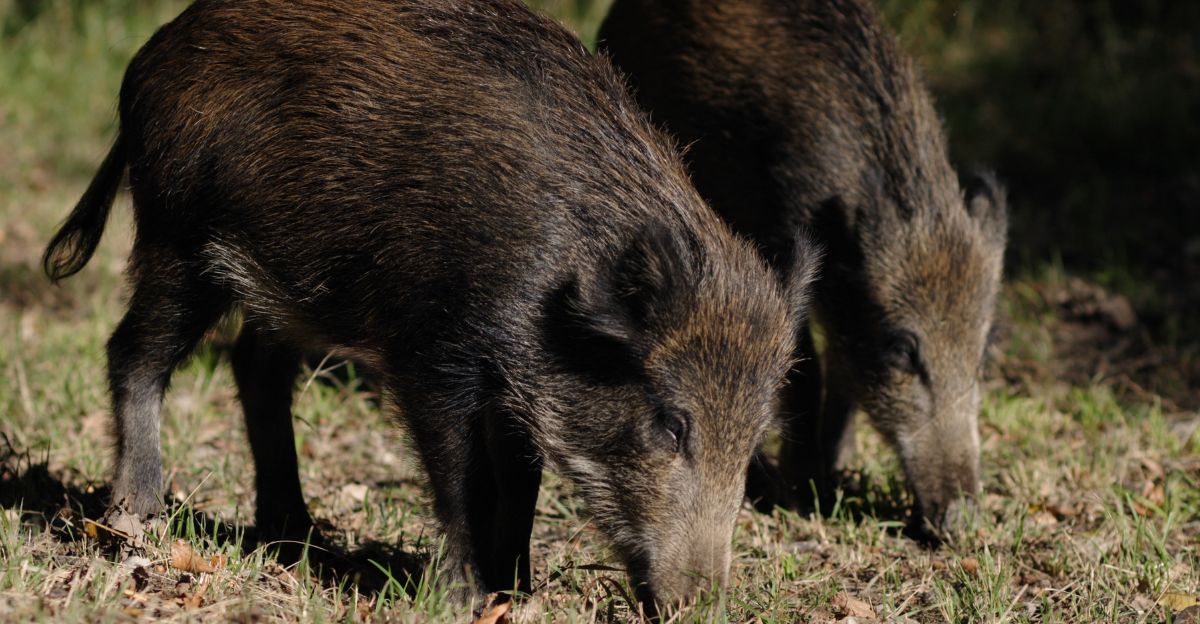
The discovery is more than a colorful oddity—it’s a signal of potential widespread contamination. According to officials, diphacinone, the rodenticide responsible for the blue meat, is widely used in California’s farmlands.
Wildlife expert Dr. Ryan Bourbour of CDFW warns, “Any game animal exposed to rodenticides can be contaminated, including deer, bear, and geese.”
Native Nuisance
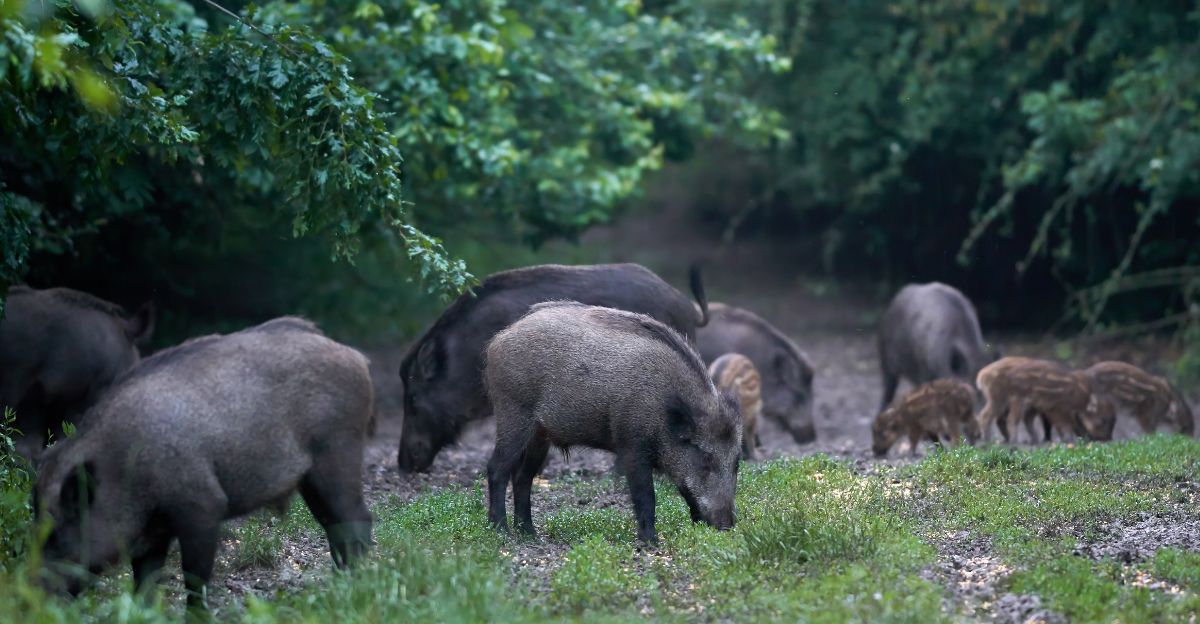
Wild pigs, a hybrid of domestic and wild boar, have thrived in California for decades. The California Department of Fish and Wildlife confirms they now occupy nearly all counties, often invading farmlands and natural habitats.
Their adaptability and rising numbers have made management an ongoing challenge for local authorities and landowners.
Silent Exposure
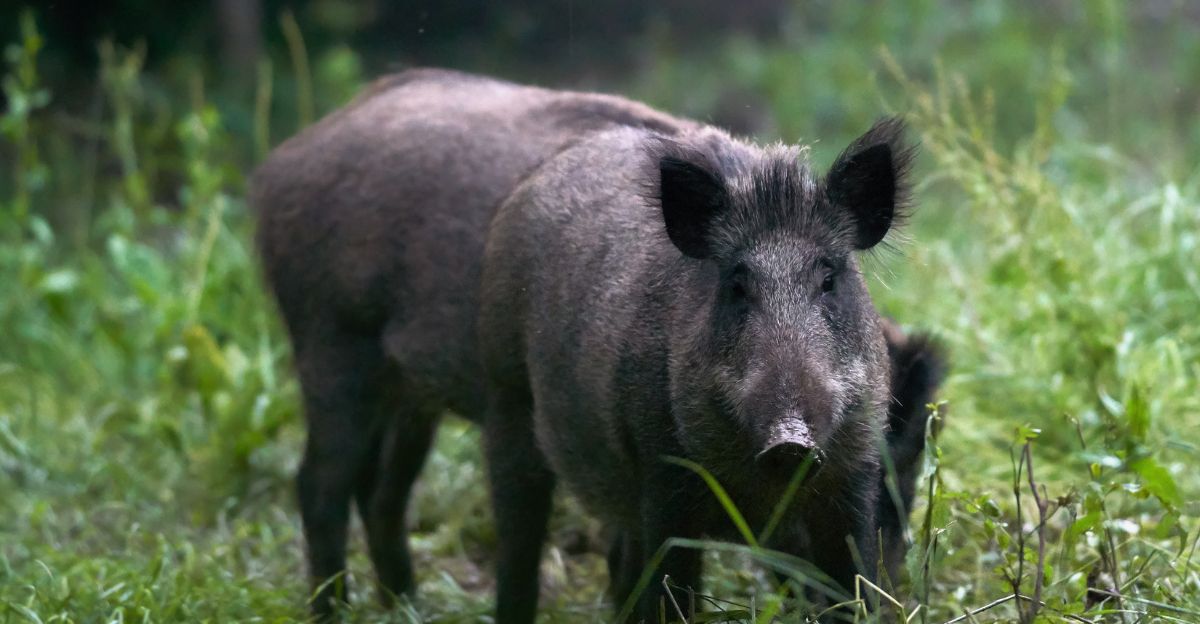
Experts say wild pigs often root through fields for food, easily encountering baited traps originally intended for rodents.
Farm manager Vince Bruzzone notes, “In agricultural areas like Salinas, these pigs are very familiar with rodenticide stations,” highlighting the risk of regular, accidental poison exposure for local wildlife.
Shocking Find
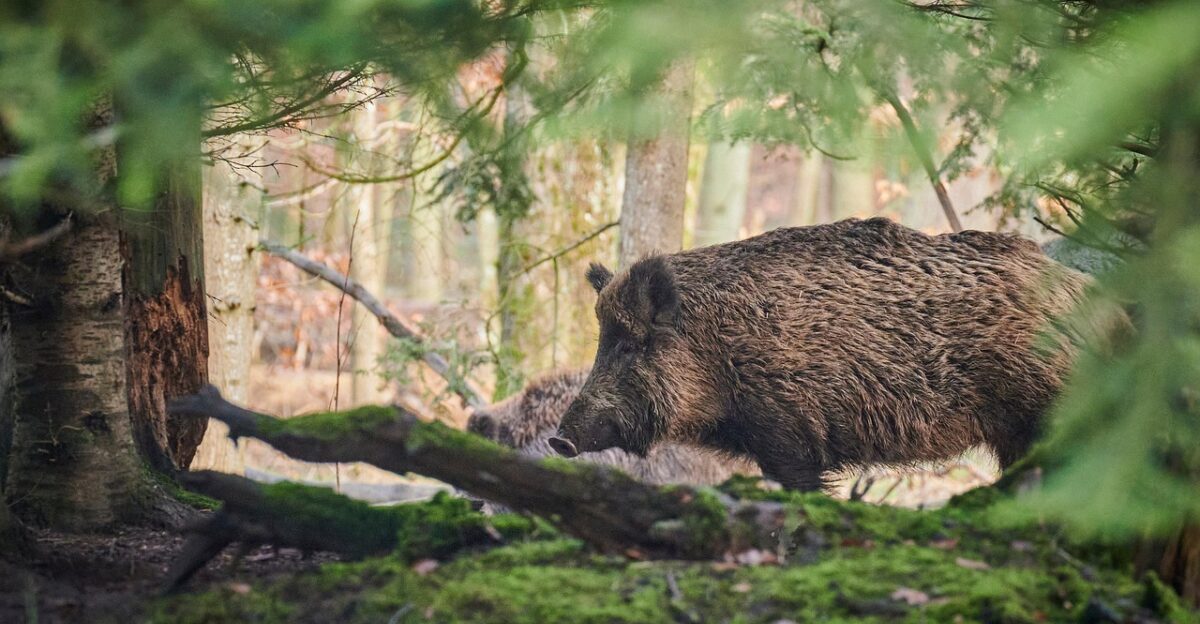
In March 2025, trapper Dan Burton opened several wild pigs captured in southern Monterey County and discovered their meat and fat were “neon blue.”
Laboratory tests confirmed exposure to diphacinone, an anticoagulant rodenticide. This finding pushed state officials to issue immediate public health advisories.
Community Impact
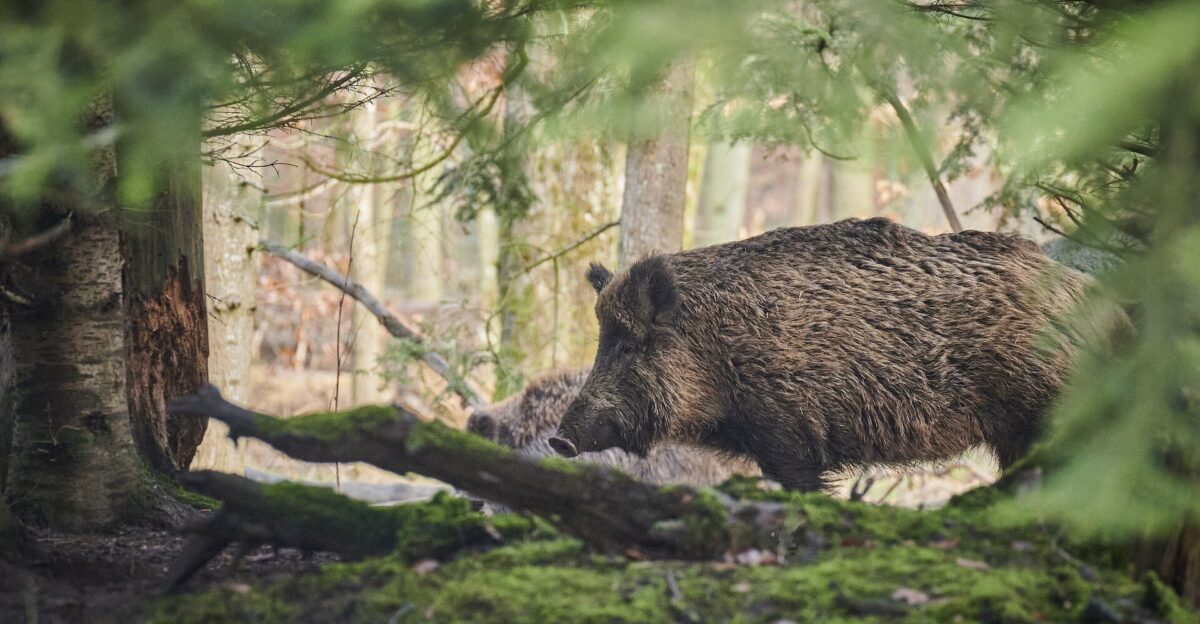
The news put residents of the Salinas Valley on high alert. Local hunters were specifically cautioned not to eat any wild pig meat showing blue discoloration.
California’s Department of Fish and Wildlife has asked the public to report any additional sightings, aiming to control potential risks and track the spread.
Hunter’s Perspective
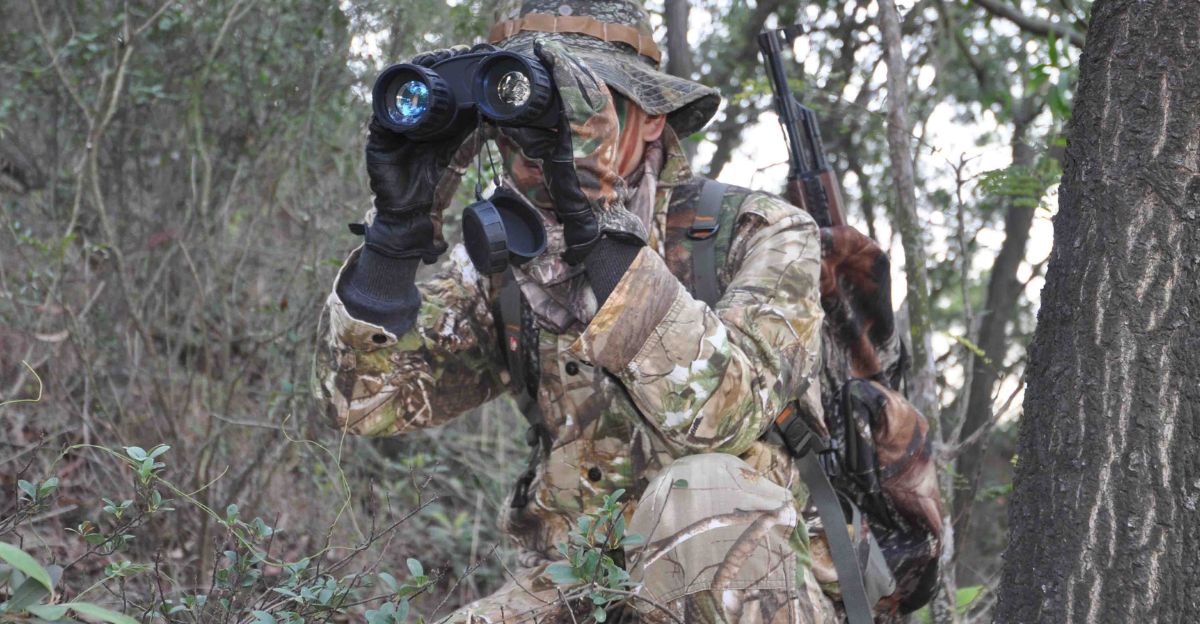
Dan Burton, the first to report the blue meat, said, “I’m not talking about a little blue… I’m talking about neon blue, blueberry blue.”
Other trappers echoed his alarm, and many have changed their routines, donating fewer carcasses and advising families to be extra cautious with wild-caught game.
Policy Response
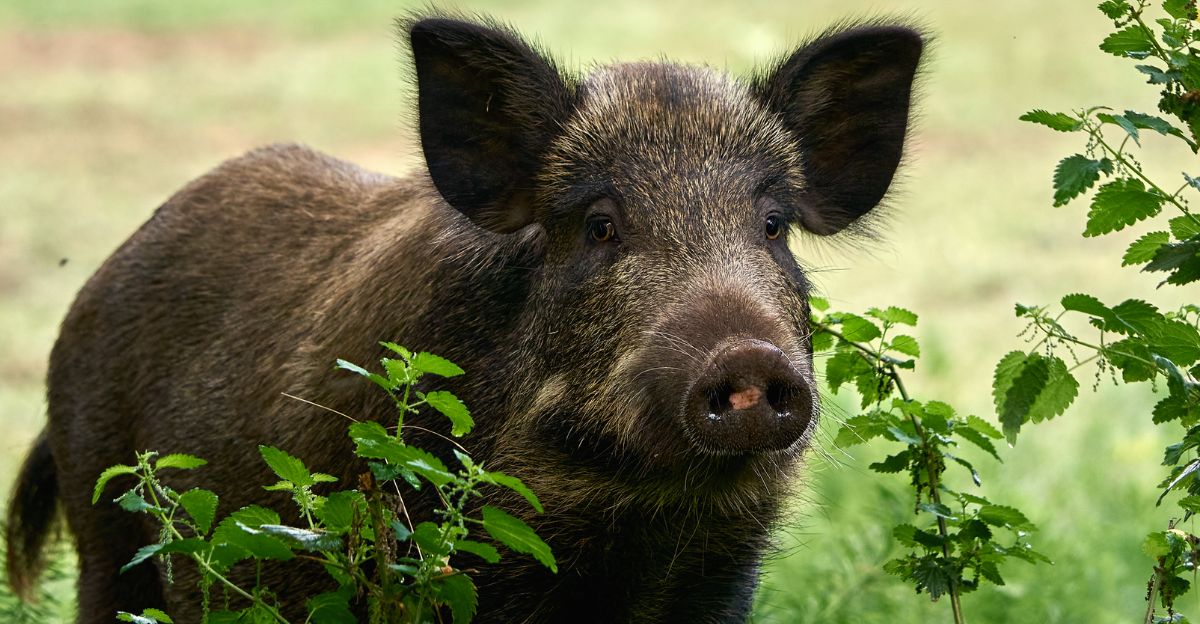
Following the discovery, California enforced stricter controls on diphacinone use. The Poison-Free Wildlife Act, enacted in January 2024, banned its use in most situations except some agricultural settings. Regulators hope to curb accidental poisonings, but loopholes leave room for continued risk.
Broader Effects
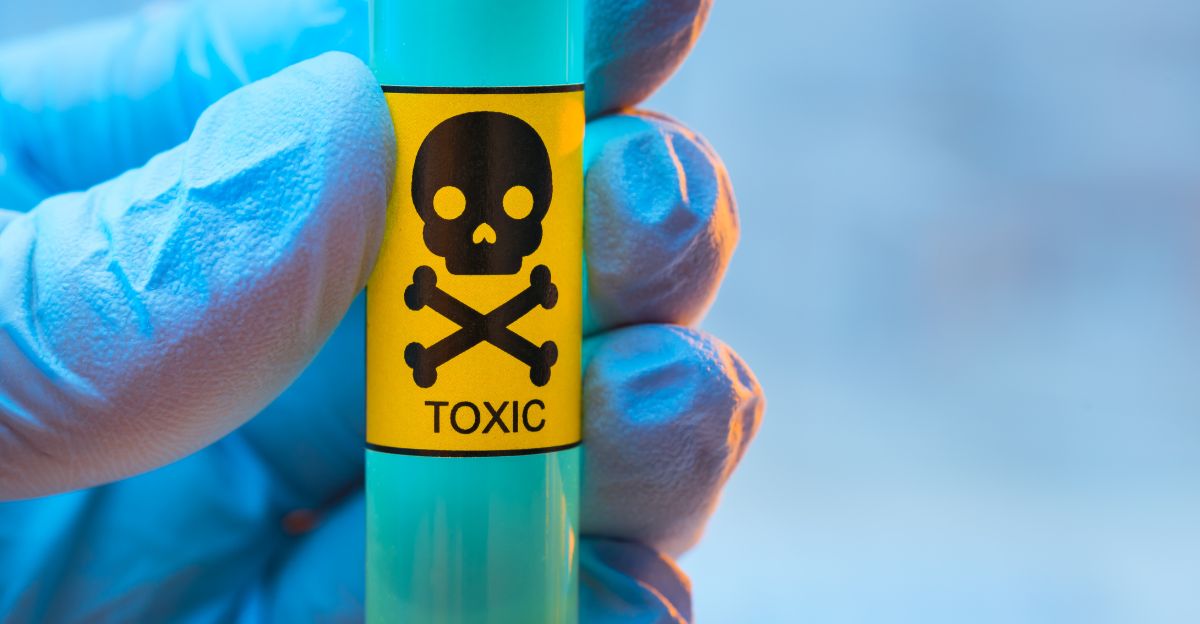
Rodenticide’s reach extends beyond pigs. Independent studies reveal 8.3% of wild pigs and 83% of black bears tested in California had rodenticide exposure.
“Rodenticide exposure can be a concern for non-target wildlife in areas near agriculture,” said CDFW’s Dr. Bourbour.
Cooking Risks Linger

One other alarming insight was discovered: standard cooking methods do not neutralize diphacinone in contaminated meat.
“There’s little effect when tainted meat is cooked,” notes a 2011 toxicology study. That means hunters and families remain at risk even if meat looks and smells normal after preparation.
Unsettled Stakeholders
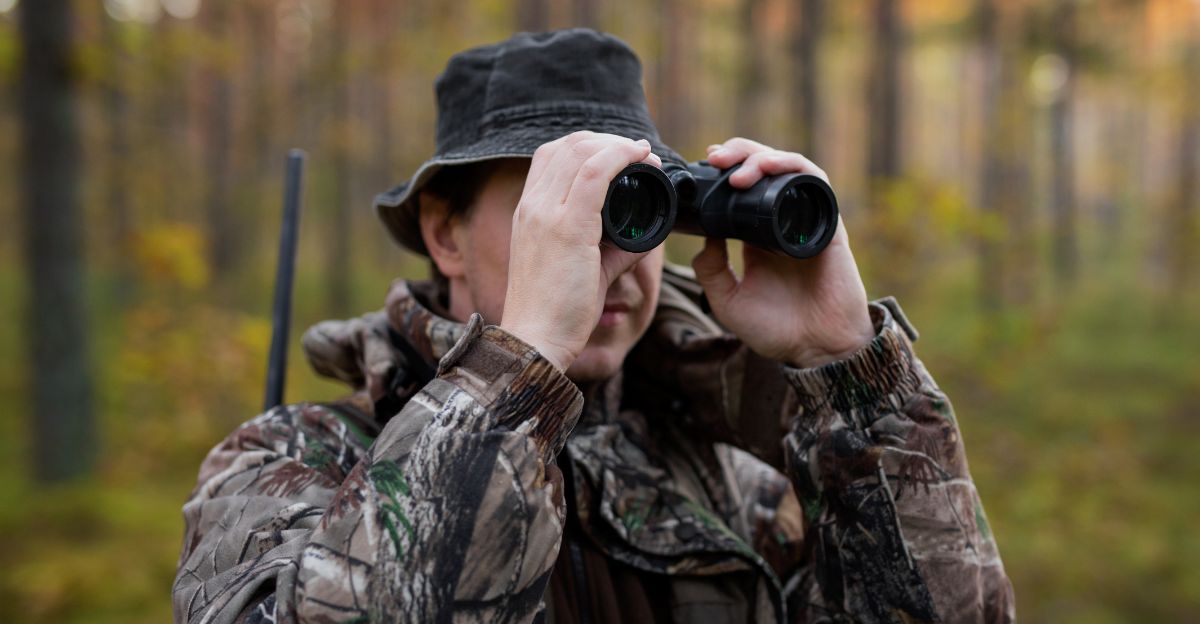
Farmers, hunters, and wildlife managers face difficult choices. “We don’t want this entering the food chain,” said Bruzzone, who now requests blue meat be discarded at a landfill. Concerns mount over both wasted food and the long-term safety of legal game harvesting.
Landowner Challenges
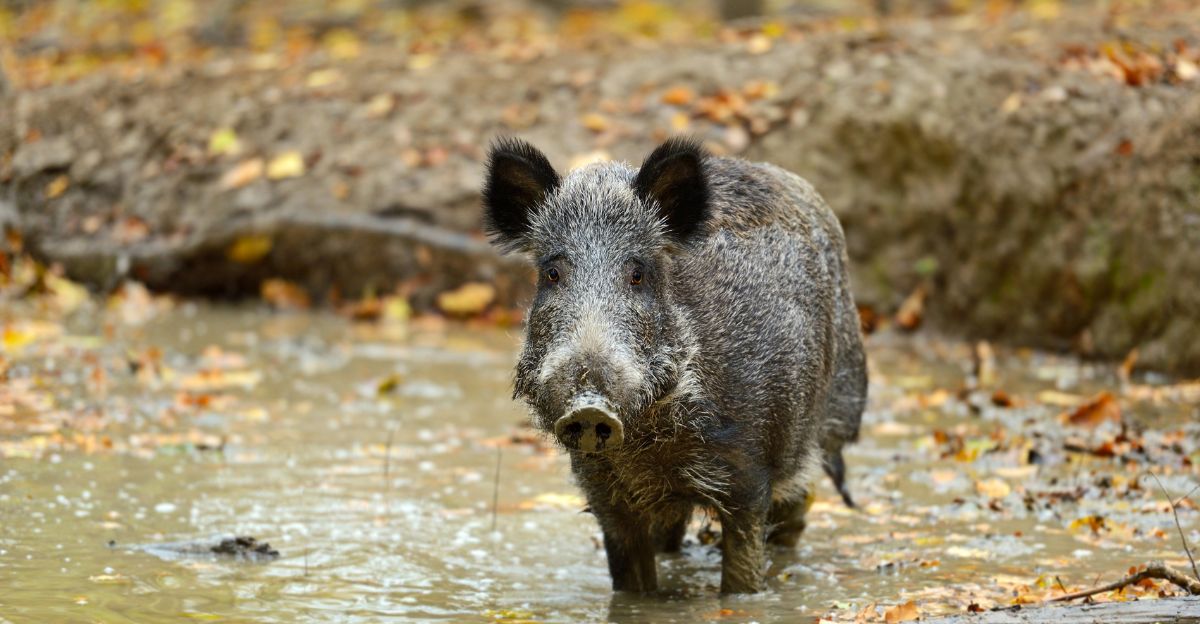
Landowners and pest control businesses are adjusting their practices. “We’re now removing poisoned carcasses and advising extra fencing around bait stations,” Burton explains. He notes that financial and public relations pressures are increasing as health and safety issues escalate.
Conservation Concerns
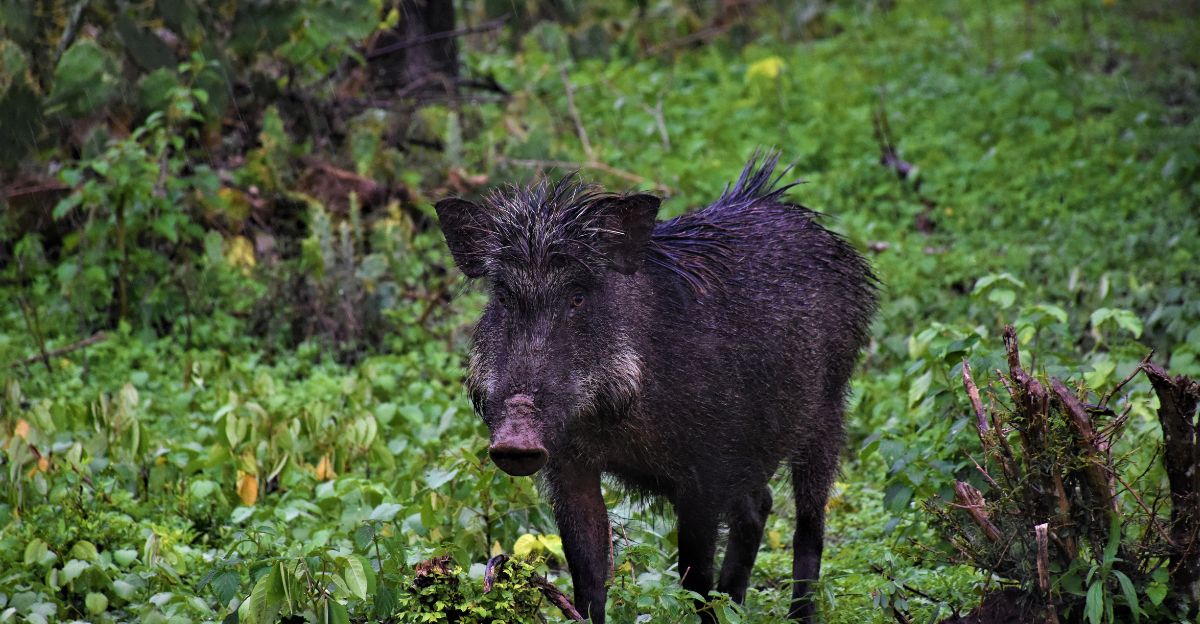
Wildlife advocates worry rodenticide use threatens biodiversity statewide. “Secondary exposure impacts everything up the food chain, from eagles to mountain lions,” warns Dr. Bourbour. Environmental groups are urging a switch to safer pest management alternatives.
Scientific Debate

Not all scientists see the phenomenon as an ongoing crisis. Some researchers argue blue-meat cases are rare outliers, while others say contaminated animals often show no visible blue coloring. This uncertainty fuels the debate over how best to measure, monitor, and manage risks.
Future Questions
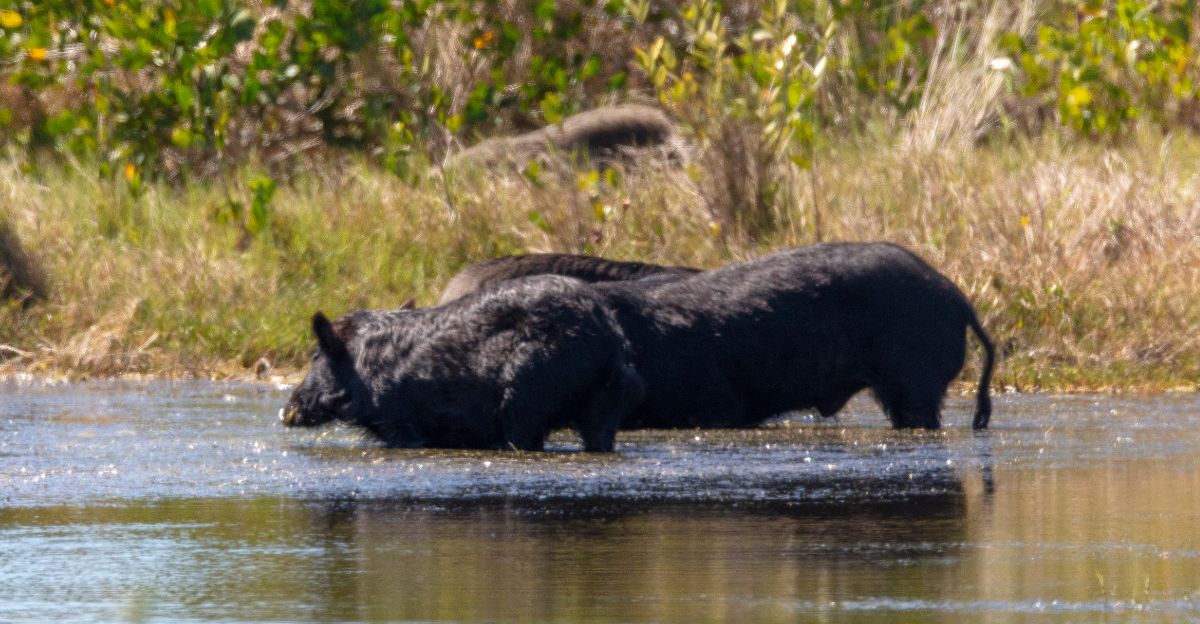
Can California prevent further wildlife contamination? Officials plan more extensive testing and public education efforts in affected regions.
Yet many residents remain uneasy, unsure if regulatory changes and heightened vigilance will be enough to stop dangerous exposures.
Political Pressure
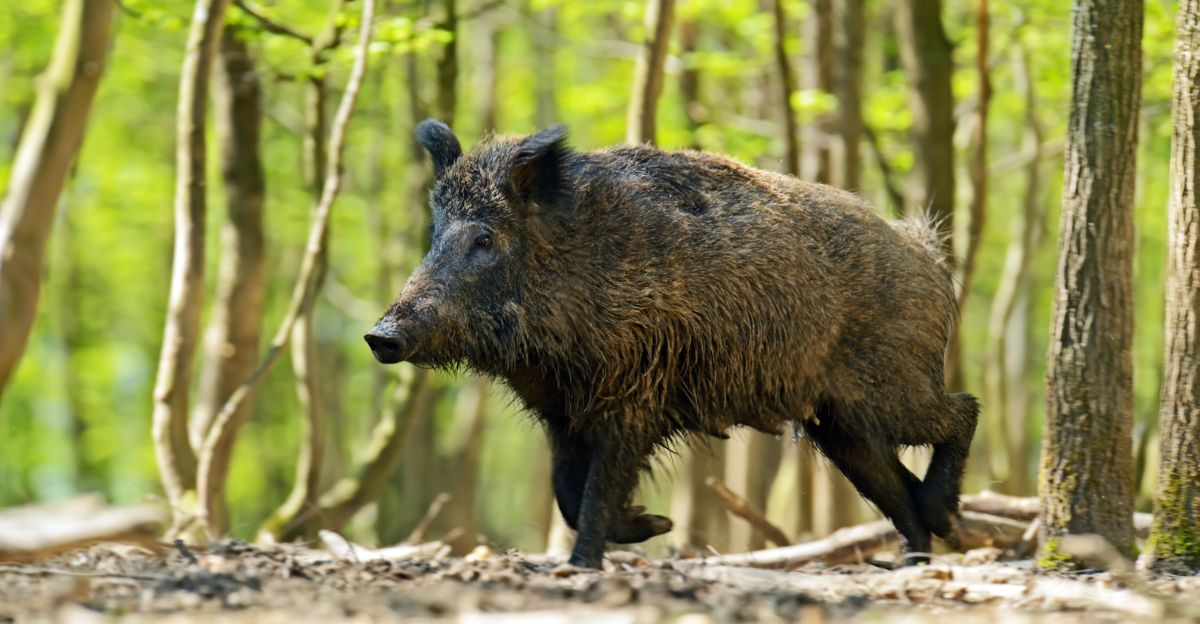
State lawmakers are feeling the heat from all sides. With agricultural interests, public health advocates, and conservationists at odds, even small policy changes prompt intense debate and lobbying. Every new blue-pig report renews calls for stricter statewide pesticide restrictions.
Global Scrutiny
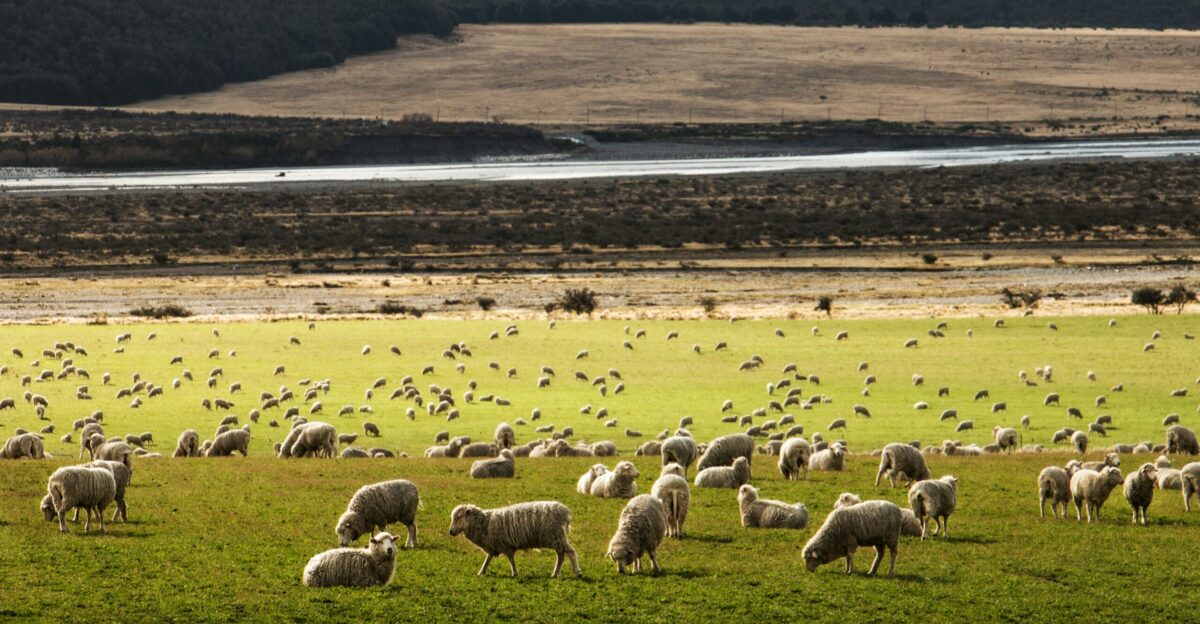
Observers abroad are taking notice. Australia and several European countries, already facing their own wildlife-poisoning controversies, are watching California’s regulatory approach closely. Some see this as a critical test for balancing farming needs with environmental stewardship.
Legal Ramifications

Violating California’s rodenticide restrictions now brings costly penalties—up to $25,000 per offense. Pest control companies and landowners must document compliance, or risk major fines and lawsuits if tainted animals cause downstream harm or illness.
Cultural Shift
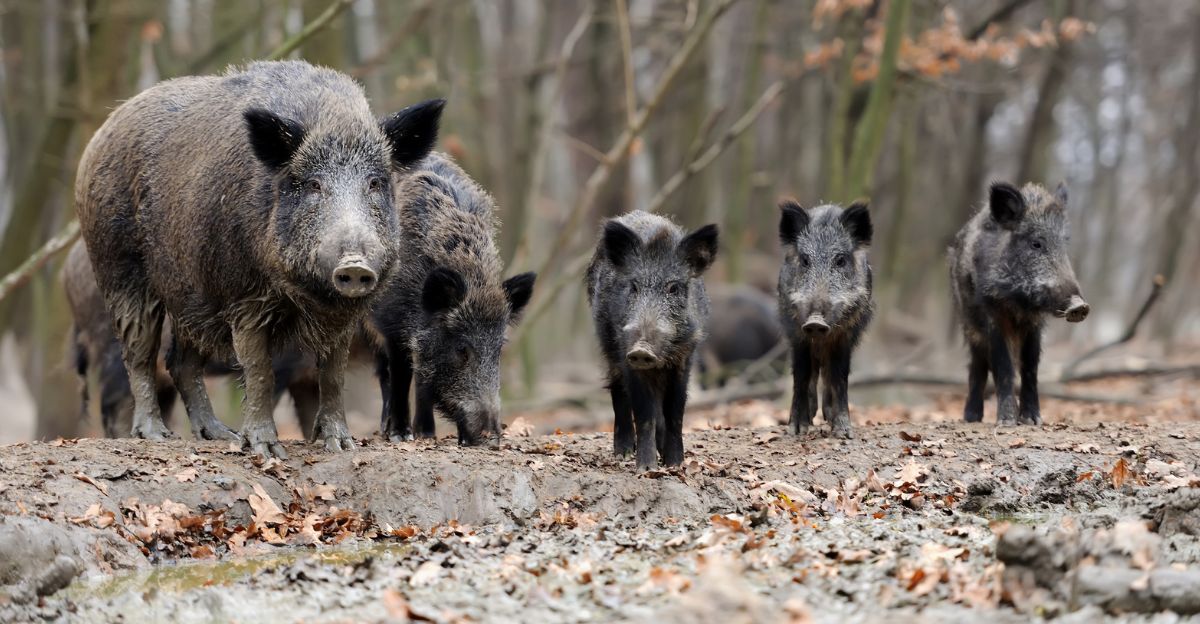
California’s hunting community is adapting to new realities. The tradition of sharing wild meat is giving way to caution, with hunters prioritizing safety and transparency. “I always tell families, if you see blue, bring the bill and I’ll pay for disposal,” said trapper Vince Bruzzone.
Deeper Meaning
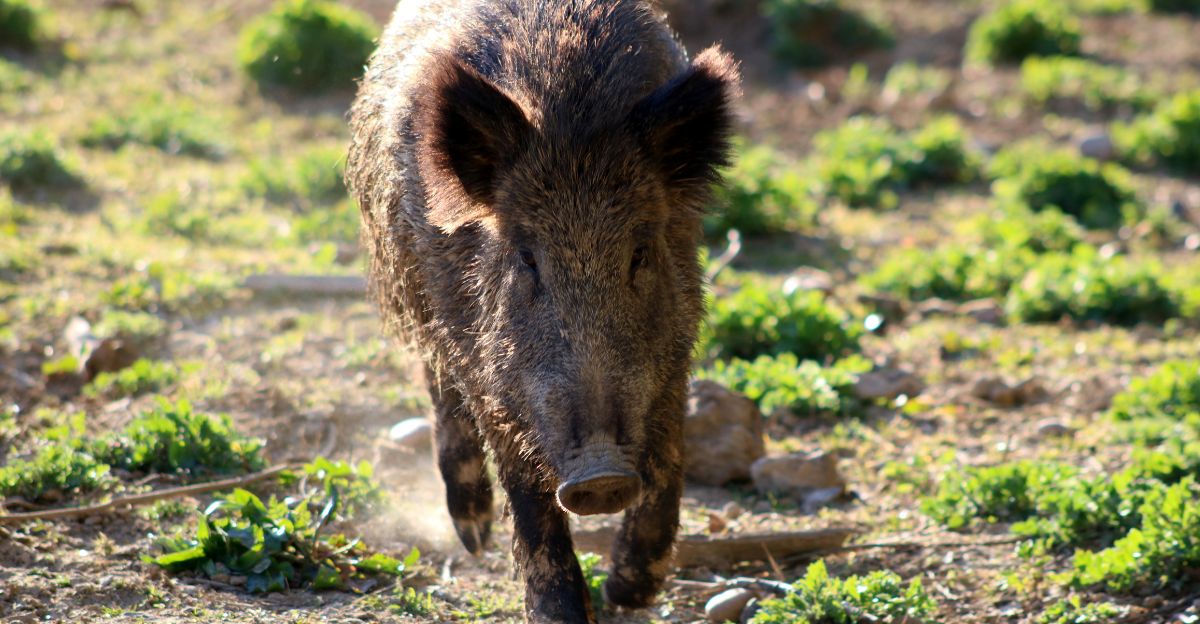
The blue meat discovery stands as a vivid marker of the unintended consequences of modern agriculture on wildlife and public health.
As Burton reflects, “These pigs were seeking out the bait traps.” California’s response may set the course for national approaches to food safety, wildlife protection, and pesticide law.